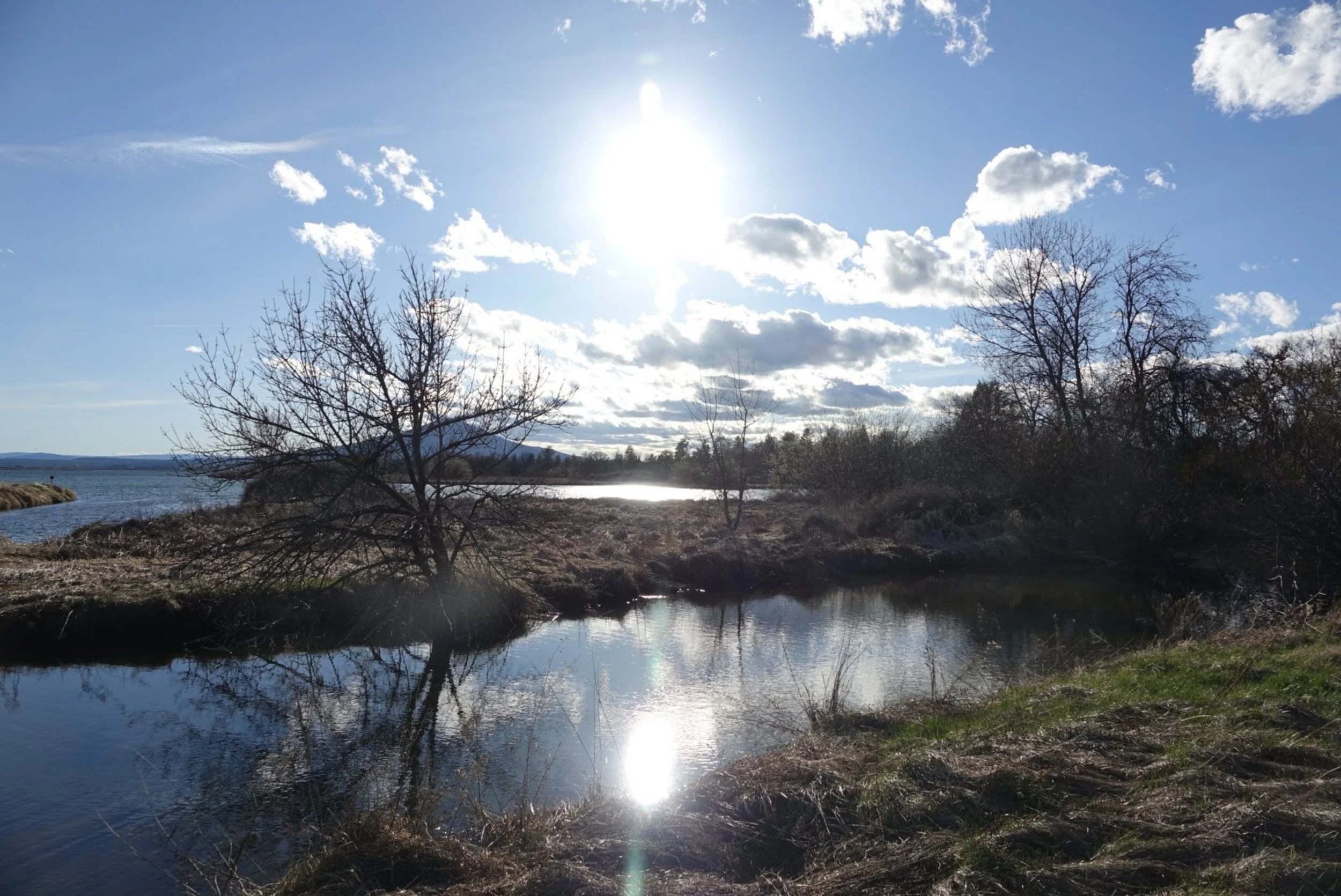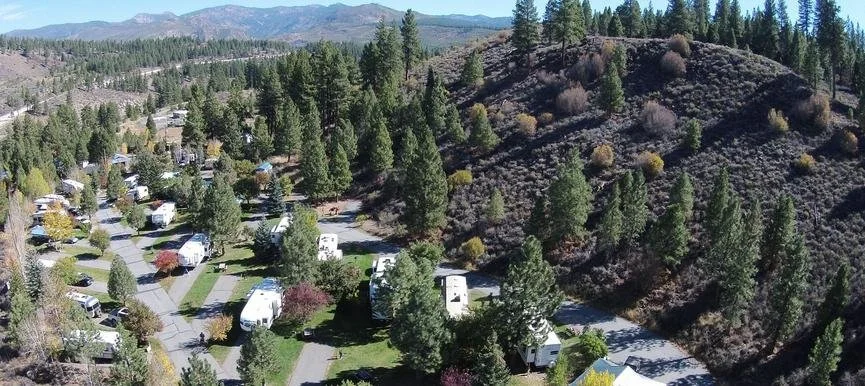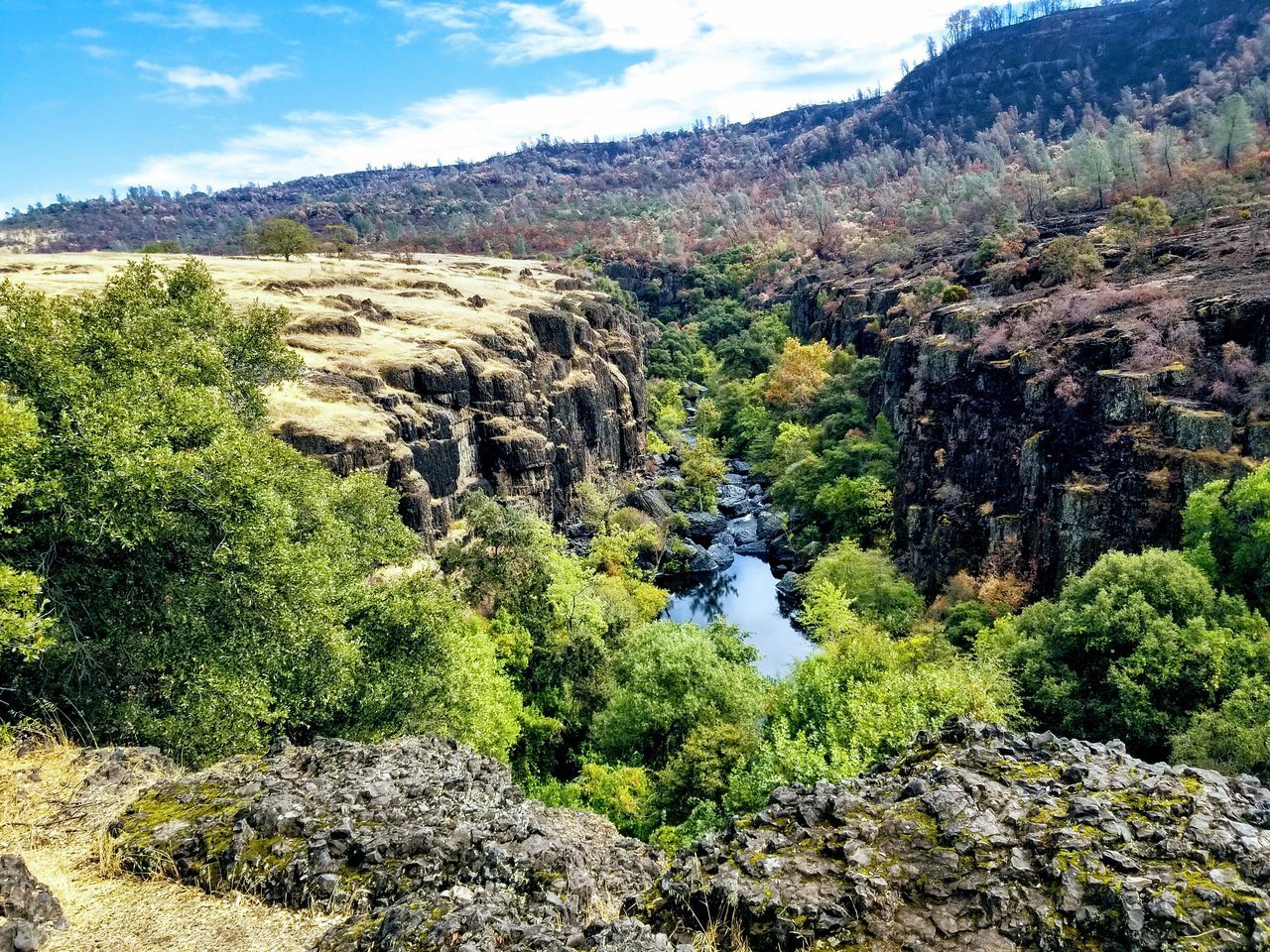Situated within the majestic Northern California landscape, Plumas National Forest spans an impressive million-plus acres across the northern Sierra Nevada mountains. This vast wilderness destination provides year-round recreational opportunities - visitors can scale rocky peaks, traverse hiking trails, pitch tents at scenic campsites, and cast lines in pristine waters during warmer months, while winter brings opportunities for snowshoe adventures, snowmobile excursions, and downhill skiing. The forest's extensive network of scenic drives includes the noteworthy 150-mile Plumas Backcountry Discovery Trail, accessible to 4WD vehicles and showcasing some of the region's most remote and untouched terrain. With three distinct ranger districts containing numerous public campgrounds, and many lower-elevation sites remaining accessible throughout all seasons, this forest offers exceptional outdoor experiences year-round.
Camping Near Plumas National Forest
Experience the breathtaking majesty of ancient towering sequoias and crystalline mountain lakes - nature's serene sanctuary awaits your next adventure.
CampChimp is better in the app
Find Available Camping
The 5 best campgrounds near Plumas National Forest, CA
-

Lassen National Forest
 Lassen County, CA
Lassen County, CA


Nestled amidst towering pines and crystal-clear streams the Lassen National Forest Campgrounds provide scenic campsites with modern amenities hiking trails and opportunities for fishing boating and wildlife viewing.
-

Summit Lake Campground Lassen Volcanic
 Lassen Volcanic National Park, CA
Lassen Volcanic National Park, CA


Summit Lake Campground boasts panoramic vistas of the pristine alpine lake and majestic volcanic peaks providing access to hiking trails and basic campsites nestled in Lassen's rugged wilderness.
-

Lassen RV Resort Campground
 McArthur, CA
McArthur, CA


Lassen RV Resort offers spacious RV sites with full hookups and amenities perfect for a comfortable RV camping experience near Plumas National Forest.
-

Sardine Lake Campground
 Sierra City, CA
Sierra City, CA


Sardine Lake Campground boasts serene lakeside campsites nestled amid towering pines with hiking trails winding through pristine forests and access to excellent fishing spots on the shimmering waters.
-

Plumas-Eureka State Park
 Graeagle, CA
Graeagle, CA


Nestled in the scenic Sierra Nevada mountains this campground offers a peaceful escape surrounded by towering pines and the tranquil waters of the Eureka Lake. With easy access to hiking trails and fishing spots it's a nature lover's paradise.
The 5 hardest-to-book campgrounds near Plumas National Forest, CA
The 5 best campgrounds for RV camping near Plumas National Forest, CA
The 5 best campgrounds for tent camping near Plumas National Forest, CA
The best camping near Plumas National Forest guide
About
- Best for boaters: Frenchman Campground provides direct lake access with convenient boat launching facilities just steps from your campsite.
- Best for anglers: Perched at 6,479 feet elevation, Lone Rock Campground delivers premium fishing opportunities with its prime position on Antelope Lake.
- Best for last-minute tent campers: Black Rock Walk-in Tent Campground features 20 walk-up tent sites allocated on a first-come basis, complemented by an expansive parking area that accommodates recreational vehicles.
- Secure your preferred campsite by making reservations through Recreation.gov or contacting the Forest Service up to six months before your intended stay.
- Remember that certain camping locations require reservation requests to be submitted no later than three days prior to arrival.
- A significant number of campsites throughout the forest operate under a first-come, first-served policy.
- While tent and RV camping opportunities exist across all three ranger districts, dispersed camping with proper permits is exclusively available within select areas of the Beckwourth Ranger District.
- Should all forest campsites be occupied, consult the nearest ranger station about potential vacancies or explore alternative accommodations at nearby private campgrounds.
Peak visitation occurs during the summer season, particularly July and August when schools are on break. While autumn offers delightful conditions for outdoor exploration, many facilities close following initial snowfall, which typically arrives by October. Select locations like the Frenchman Recreation Area maintain year-round accessibility, drawing winter sports enthusiasts who enjoy ice fishing, Nordic skiing, and snowshoe expeditions.
- Mobile coverage is inconsistent throughout the forest - download essential maps before departing.
- Bear activity is prevalent across the region - many campsites mandate food storage in provided bear boxes or vehicle interiors, including toiletries, trash, and cooking equipment.
- Fire regulations frequently change and vary seasonally - check current restrictions on the official forest website.
- A valid campfire permit is mandatory for any open flames, including campfires, barbecues, and portable stoves during approved periods.




